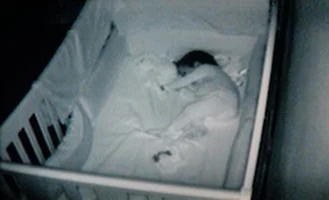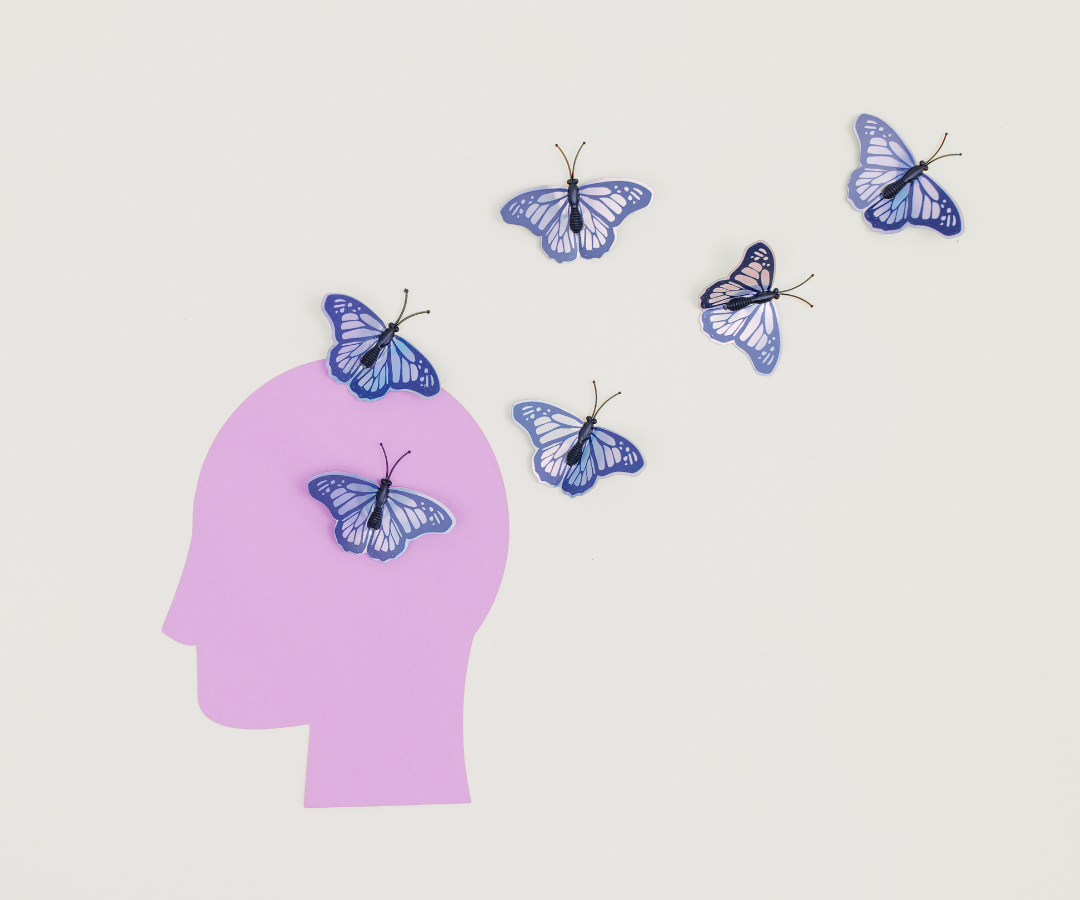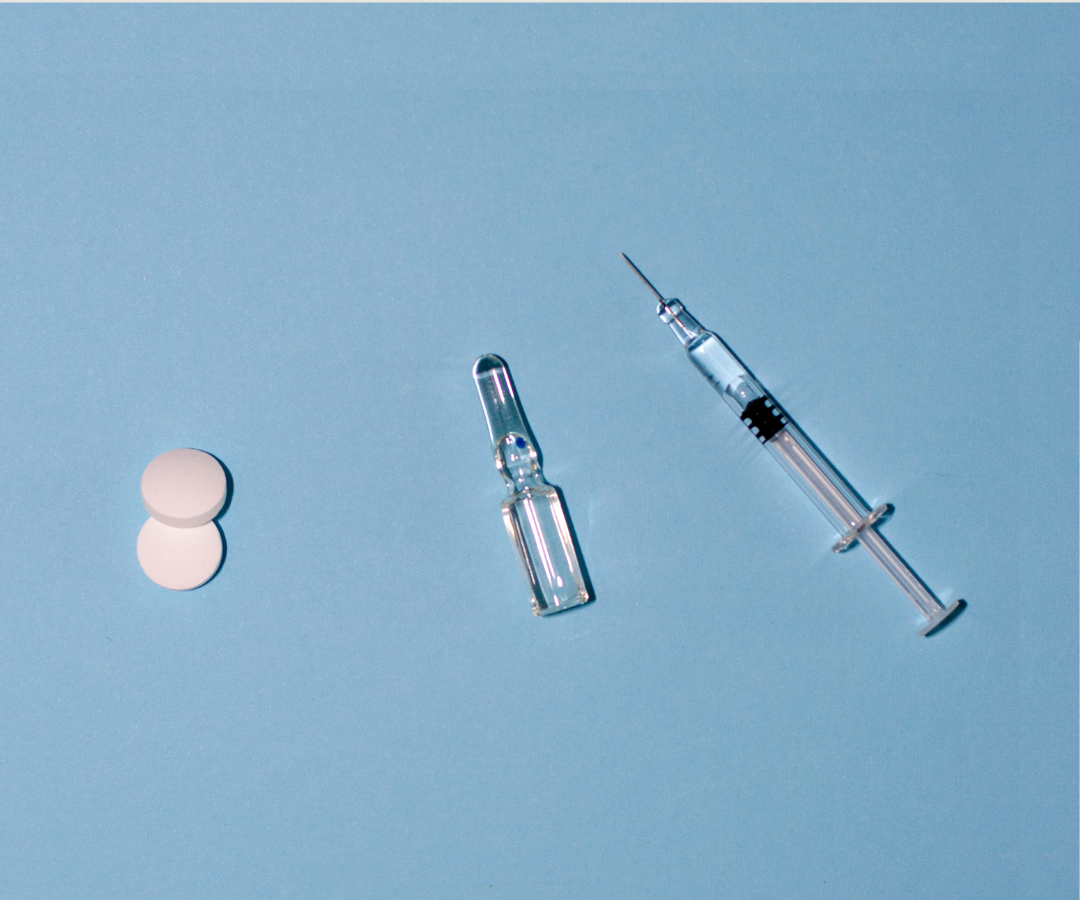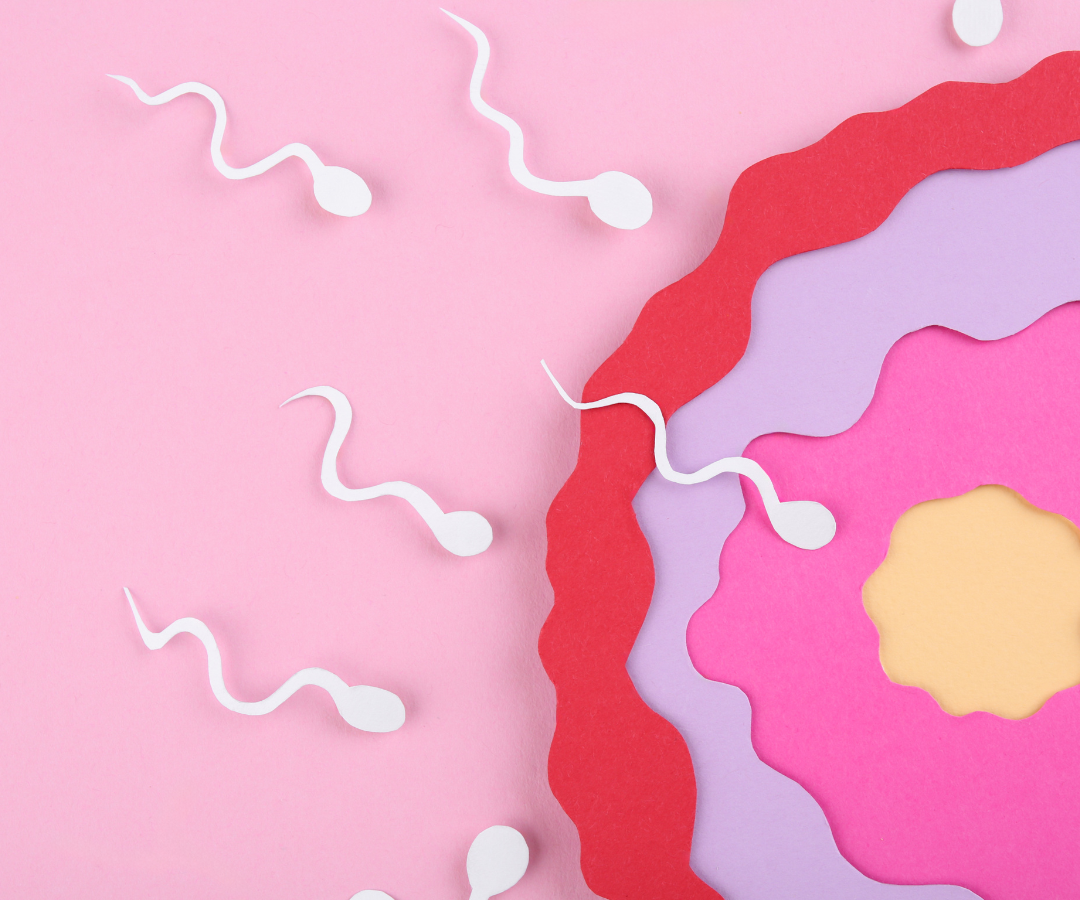Monitoring Our Parenting
Does tracking your child's vital signs keep him safe or drive you crazy?
It always happened the moment right after I drifted off to sleep: My infant son would make a noise in his crib – not a cry, but the kind of breathing noise that would pull me out of the deepest sleep. I'd peer into the grainy video monitor, and my exhausted brain would begin a familiar internal dialogue.
"Is he breathing? Hmmm…oh, yes – his arm moved. Ok, he's alive."
"But is his neck scrunched funny? Or is that a shadow? Is he breathing now?"
I'd stare into the tiny, overly bright screen waiting for the next movement, the next noise. I was never reassured by what I'd just seen, just anxious for more proof of life. Or, more honestly, I felt somehow that my middle of the night vigilance was warding off some looming hypothetical catastrophe. The constant stream of information (and my attention to it) felt in itself protective and, like every good parent, I was going to do everything I could to protect my son.
This witching hour ritual went on for nearly six months until I realized that this "must have" baby safety product I had registered for so innocently during pregnancy was conspiring against me. Rather than providing calm reassurance, it was whipping me into a hypervigilant frenzy.
This new information wasn't the security I craved; it was a gateway to greater insecurity. As a psychotherapist, this made sense. The experience of anxiety often involves obsessively seeking reassurance, only to be made more anxious by the relentless search for unsatisfactory answers. And it was robbing me of good sleep, which is protective against anxiety.
So the video monitor went in the trash, and I returned to the relatively quaint audio only variety. With the volume on low, I was able to sleep until he really cried – something I hadn't done in months.
I'd forgotten all about those restless nights until I read this week's Wall Street Journal article on baby wearables which can track everything from a child's heart rate to frequency of movement and then relay that data immediately to your phone.
These devices are not approved for increasing infant sleep safety and, in fact, the American Academy of Pediatrics advises against using any cardiorespiratory monitors in your child’s crib. But the promise of safety – of that one bit of additional feedback to ensure our children are safe – is incredibly alluring. I understand the need to peer into that screen, watching for the next sign, and to feel that doing so prevents our worst fears.
But my years as a parent have also made me realize that there are so many things we can't control. Quantities of information aren't satisfying because they're never enough, and information by itself can't give you peace of mind. Rather, I've found that peace can come from being present in the uncomfortable place of the new, scary, and unknown.
First we provide a safe, secure, and loving environment for our child, and then we work on tolerating that out-of-control feeling. And, unexpectedly, those early parenthood nights give us a chance to practice this skill – by creating a safe sleep environment and then closing the door to our children's rooms and getting good rest ourselves (barring all the other inevitable interruptions).
When we trust that we've put a safety net in place we can let our children just be – sleeping, eating, playing, learning, without feeling the need to monitor and record their every move. Is parenting still stressful? Sure. But the more I practice being comfortable in the unavoidable discomfort of motherhood, the more confident I am that I'm giving my children the tools to keep themselves safe in the world.











